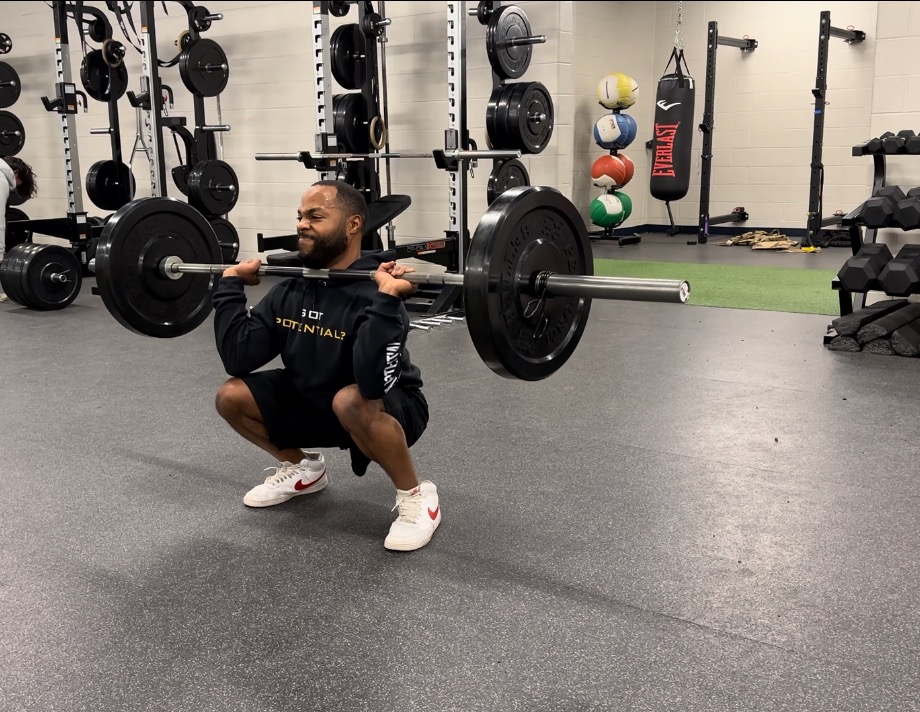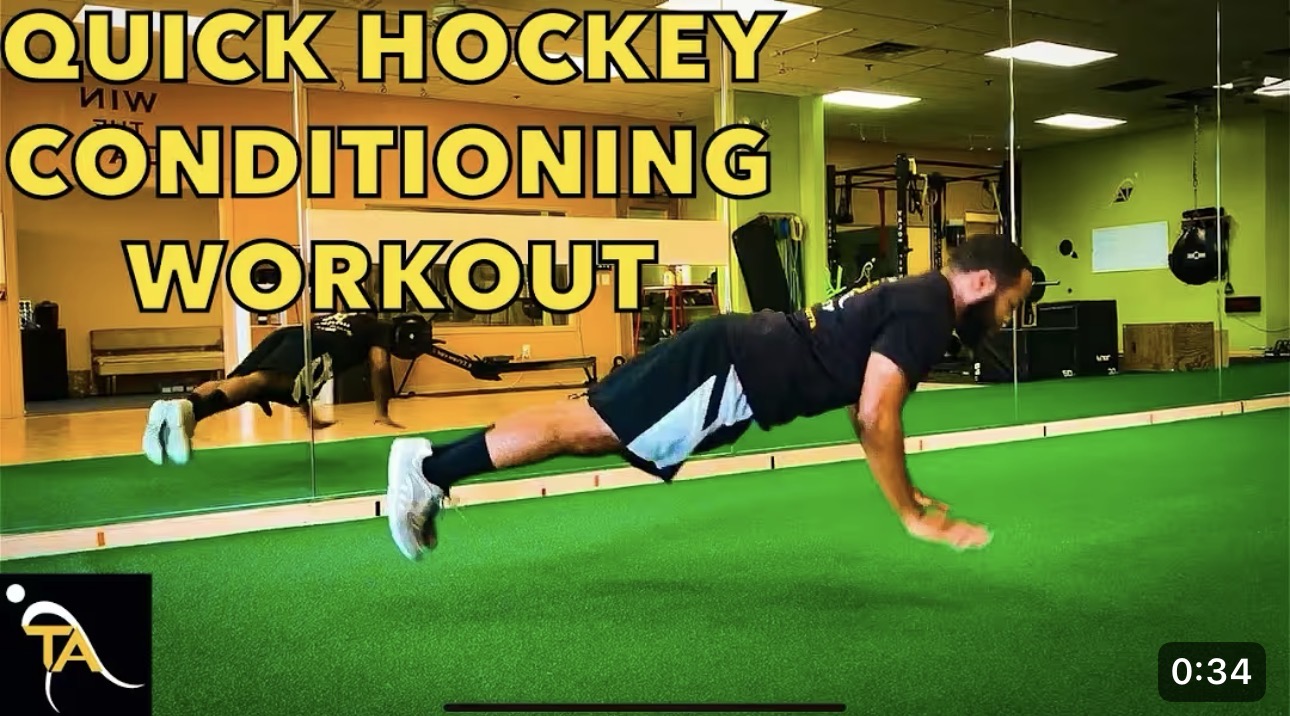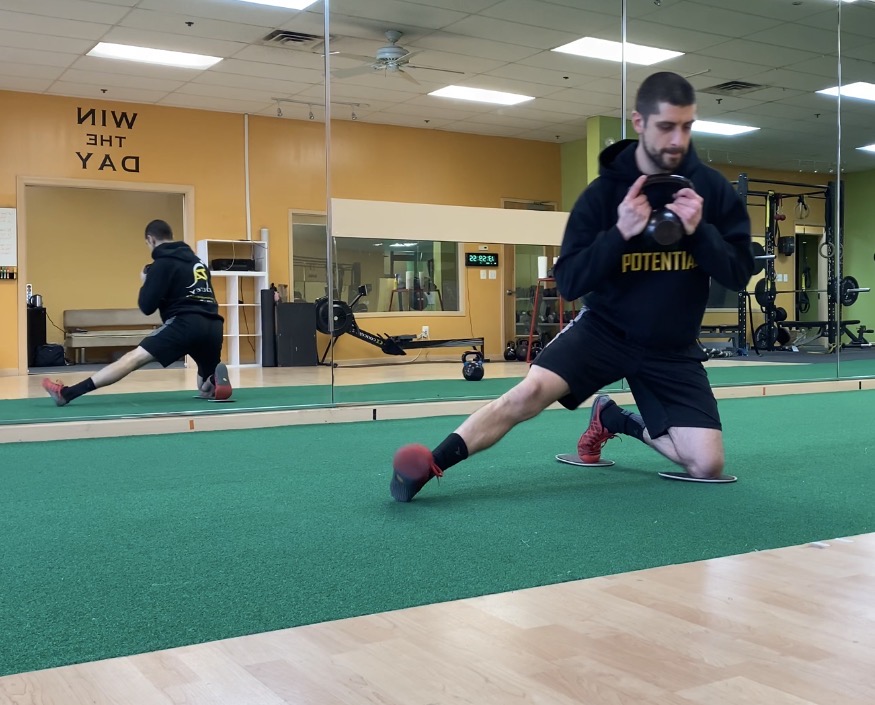Athletes often ask, “How can I get bigger or stronger?” or “How can I be more explosive?” For those with a deeper understanding, the question may be, “Can I change my muscle fibers?” The truth is that this topic is complex and widely debated. The number of muscle fibers we have is genetically determined at birth. We are born with two primary types of muscle fibers: Type I (slow-twitch) and Type II (fast-twitch). While you cannot change the number of muscle fibers or the types you are born with, you can modify the ratio of these fiber types through targeted training.
Understanding Muscle Fiber Types
Muscle fibers are categorized into two main types:
- Type I (Slow-Twitch) Muscle Fibers: These fibers are essential for endurance athletes and are best suited for longer-duration activities. They are optimized for aerobic performance, making them critical for endurance sports such as distance running, swimming, or cycling. Athletes with a higher proportion of Type I fibers tend to be lean and may have smaller statures, resembling distance runners. However, training Type I fibers can be challenging, as it requires consistent aerobic conditioning to maintain their benefits.
- Type II (Fast-Twitch) Muscle Fibers: In contrast, Type II fibers are associated with powerful and explosive movements. These fibers are larger and provide greater strength, making them essential for short-duration, high-intensity activities like sprinting, weightlifting, or explosive sports. Training for Type II muscle fibers typically involves lifting heavy weights or performing exercises with rapid movements. Time under tension (TUT) is crucial for effectively developing Type II fibers, which can be achieved through various resistance training methods, including dumbbells, barbells, kettlebells, and unconventional exercises that challenge balance and body control. Athletes with a higher proportion of Type II fibers often exhibit larger, more noticeable muscle size, making growth easier compared to Type I fibers.
Training Strategies for Muscle Fiber Development
When designing your training program, it’s important to consider the duration and intensity of your workouts to effectively target your muscle fiber types: Training Type I Fibers (Endurance Training): Focus on longer duration workouts lasting over 45 seconds, such as running, swimming, or cycling. These exercises promote the development of slow-twitch muscle fibers and improve aerobic capacity. Training for Type II Fibers (Strength and Power Training): Incorporate heavy lifting and explosive movements into your routine. Utilize resistance training techniques to maximize time under tension, which is essential for hypertrophy and strength gains in fast-twitch muscle fibers.
Achieving Peak Performance
Understanding the differences between muscle fiber types and their specific training requirements is essential for athletes looking to optimize their performance. By tailoring your workout program to focus on either endurance or explosive strength, you can enhance your athletic capabilities, whether that’s improving endurance for long-distance events or developing explosive power for sprinting and weightlifting. Focusing on the right training techniques will help you to unleash your full athletic potential, ultimately helping you achieve your fitness goals and elevate your performance to new heights.
Written By:
Darrid Watson, CSCS, NSCA-CPT
Take action… Now!
Voorhees Flyers Training center. The Hollydell ice arena, in the main building. Ice land hockey rink



